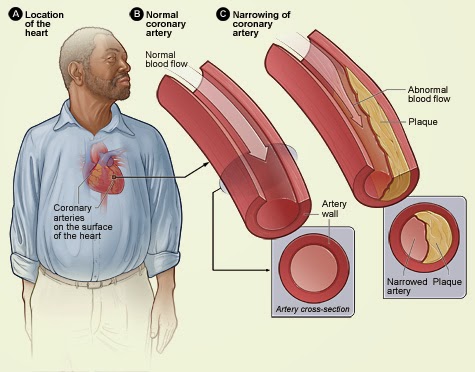Journal Club Summary
Methodology Score: 3.5/5
Usefulness Score: 3/5
Than M, Aldous S, Lord SJ, Goodacre S, Frampton CM, Troughton R, George P, Florkowski CM, Ardagh M, Smyth D, Jardine DL, Peacock WF, Young J, Hamilton G, Deely JM, Cullen L, Richards AM.
JAMA Intern Med. 2013 Oct 7. doi: 10.1001/jamainternmed.2013.11362. [Epub ahead of print]
This single centre pragmatic RCT found that an accelerated (2 hour) diagnostic protocol is an effective and practical strategy to improve early discharge (within 6 hours) rates for patients with low risk chest pain (OR 1.89, NNT 13). The group agreed that this study was generally well designed, but unfortunately underpowered for safety and the study population lacked clear definition, limiting generalizability. Larger studies with clearly defined parameters of who ‘low risk possible ACS’ patients are will be needed before such a protocol can be adopted into clinical practice in our centre.
By: Dr. Andrew Willmore
(Presented November 2013)
Epi lesson: What constitutes a wide 95% CI?
Assessing precision of an overall study estimate requires examining the width of the 95% confidence interval. There are no clear guidelines one what constitutes a wide or narrow 95% CI and it is dependent somewhat on the clinical condition and outcomes being studied. As a general rule – tolerance for width diminishes with the importance of the clinical outcome e.g. mortality. In this study, the OR for the primary outcome of successful discharge was 1.9 (95%CI : 1.2-3.1) whereas the OR for a secondary outcome of STEMI was 0.5 (95% CI : 0.1-5.6). The 95% CI is clearly wider for STEMI than successful discharge, hence we can say there is less precision around the estimate of odds of STEMI with the accelerated diagnostic protocol when compared to that for successful discharge.
By: Dr. Lisa Calder

